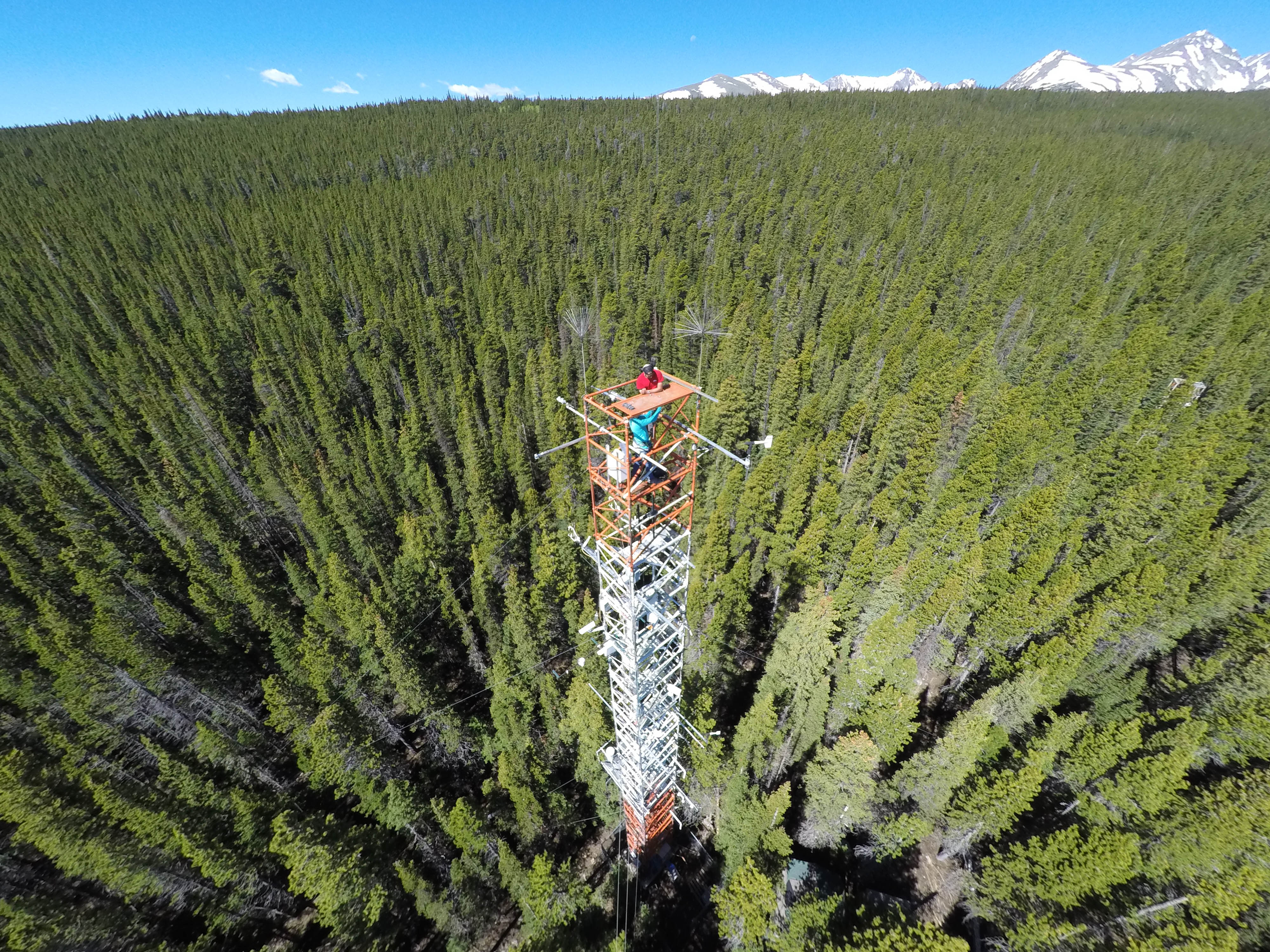Scientists on Earth will soon see our planet’s atmospheric dust sources in high-resolution, as a new state-of-the-art imaging spectrometer – developed by NASA’s Jet Propulsion Laboratory (JPL) and Cornell University – aims to survey the land surface from 250 miles above us on the orbiting International Space Station.
Tag: Jet Propulsion Laboratory

Seeking History of Life on Mars: 2020 Perseverance Rover Experts Available
The new era of space exploration features two Stony Brook University faculty members as part of the development of NASA’s Mars2020 Perseverance rover that recently landed. Distinguished Professor Scott McLennan and Associate Professor Joel Hurowitz worked on the PIXL (Planetary Instrument for X-ray Lithochemistry) that is attached to the arm of the rover. Professor Hurowitz also serves as the deputy principal investigator for the PIXL and is part of the scientific leadership of the mission.

What will ancient sedimentary rock tell us about the history of life on Mars?
The new era of space exploration features two Stony Brook University faculty members as part of the development of NASA’s Mars2020 Perseverance rover that recently landed. Distinguished Professor Scott McLennan and Associate Professor Joel Hurowitz both worked on the PIXL (Planetary Instrument for X-ray Lithochemistry) that is attached to the arm of the rover. The PIXL is a micro-focus X-ray fluorescence instrument that rapidly measures elemental chemistry by focusing an X-ray beam to a tiny spot on the target rock or soil, analyzing the induced X-ray fluorescence. Both professors have been working on Mars missions with NASA since 2004.

How to Get a Handle on Carbon Dioxide Uptake by Plants
How much carbon dioxide, a pivotal greenhouse gas behind global warming, is absorbed by plants on land? It’s a deceptively complicated question, so a Rutgers-led group of scientists recommends combining two cutting-edge tools to help answer the crucial climate change-related question.

Studying Ice to Understand Astrophysical Bodies
Understanding the formation and evolution of ice in astrophysical environments can provide information about the physical conditions encountered in space and the chemical similarities and differences between planetary and stellar systems. At the AVS 66th International Symposium and Exhibition, Edith Fayolle, an astrochemist at NASA’s Jet Propulsion Laboratory, will talk about how scientists are trying to understand properties of ice on astrophysical bodies, such as its formation, composition and sublimation — the process by which ice transitions directly into gas, without being in its liquid phase in between.